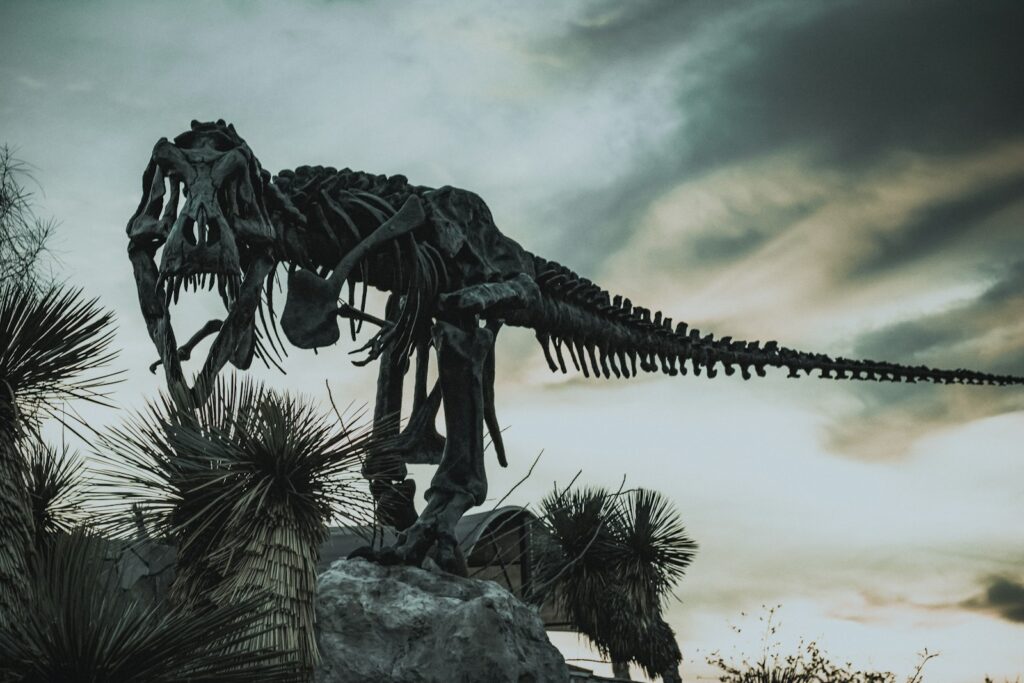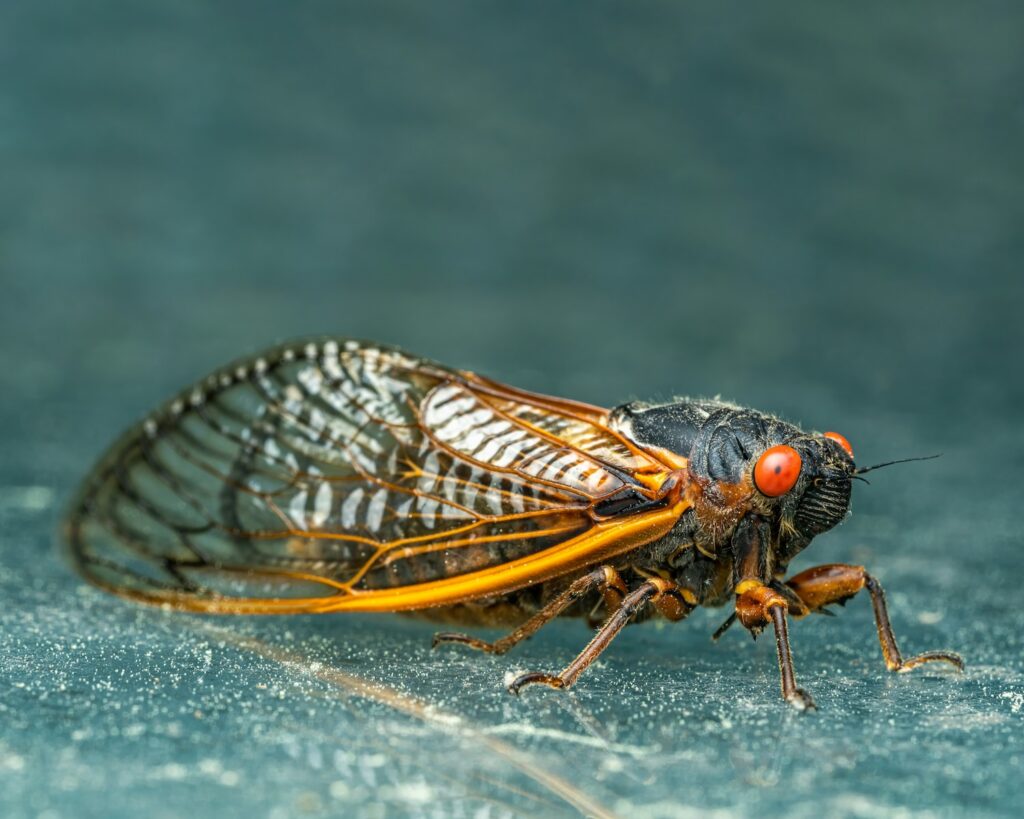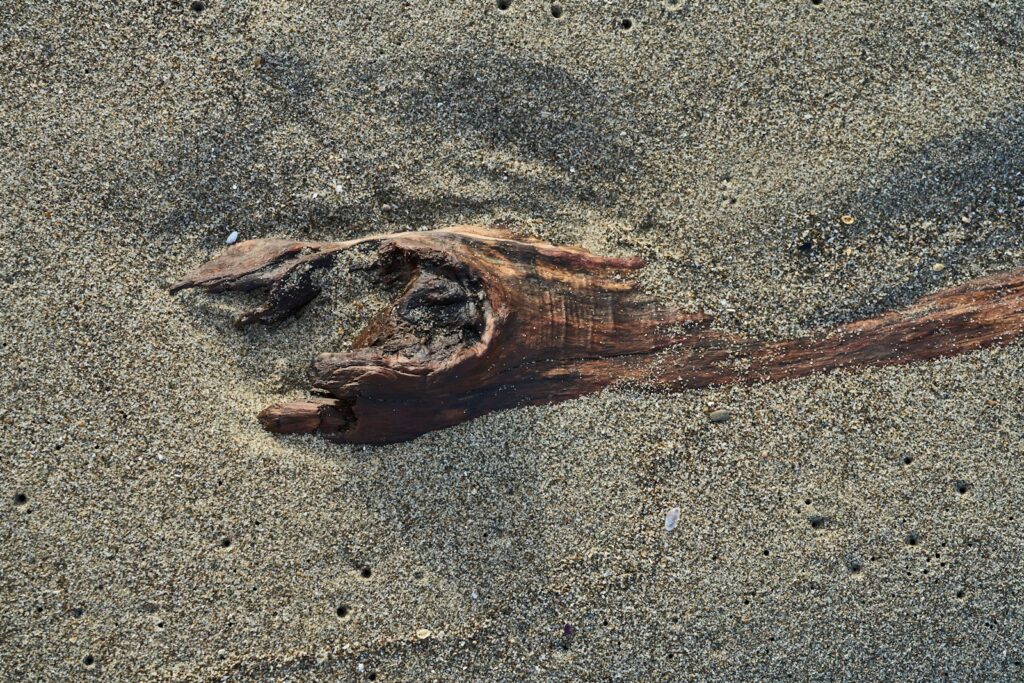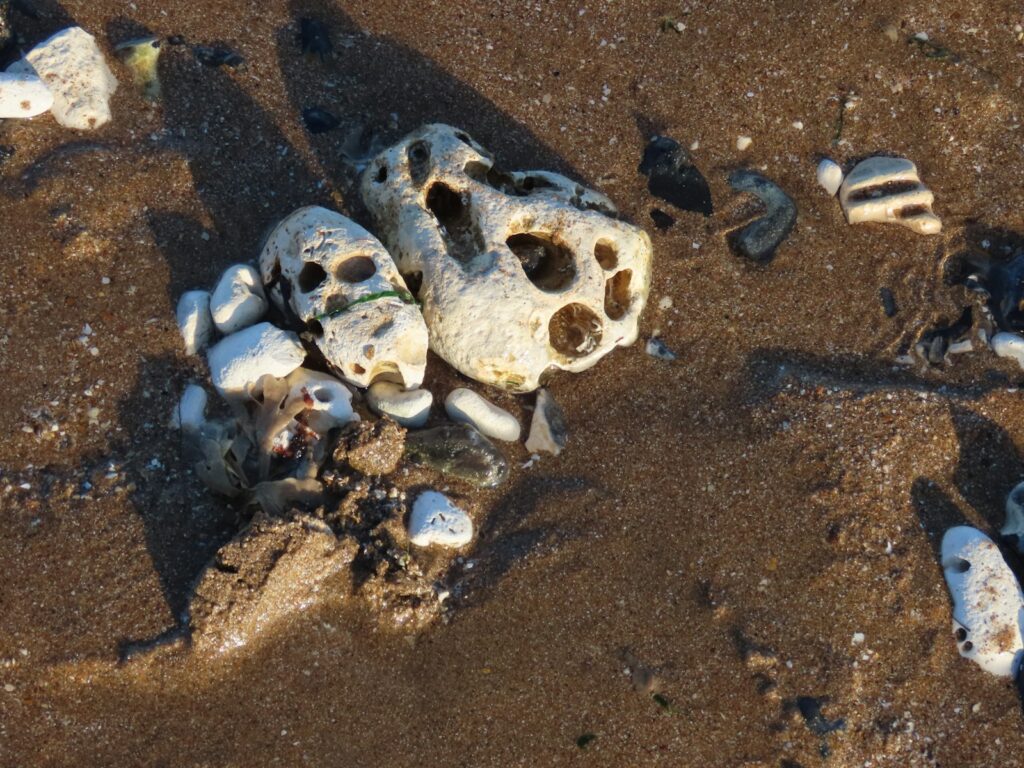Earth’s history reads like a cosmic thriller, punctuated by five devastating mass extinctions that wiped out entire worlds of life. These catastrophic events, known as the “Big Five,” didn’t just reshape the planet—they determined which creatures would dominate the next chapter of evolution. For dinosaurs, these extinctions were both their greatest opportunity and their ultimate downfall. While most people know about the asteroid that ended the dinosaurs’ reign, few realize that these magnificent creatures actually survived four of the five mass extinctions, thriving through catastrophes that claimed countless other species. The story of dinosaurs and mass extinctions isn’t just about death—it’s about resilience, adaptation, and the incredible lottery of survival that has shaped life on Earth for over 500 million years.
The Stage is Set: Understanding Mass Extinctions
Mass extinctions represent the most dramatic chapters in Earth’s biological history, when normal background extinction rates spike to catastrophic levels. Scientists define a mass extinction as an event where at least 75% of all species disappear within a relatively short geological timeframe. These aren’t gradual fade-outs—they’re biological apocalypses that can unfold over thousands or millions of years.
The Big Five extinctions occurred at the end of the Ordovician (445 million years ago), the Late Devonian (375 million years ago), the Permian-Triassic (252 million years ago), the Triassic-Jurassic (201 million years ago), and the Cretaceous-Paleogene (66 million years ago). Each extinction event created evolutionary bottlenecks that forced surviving species to adapt or perish.
Before the Giants: Life Before Dinosaurs
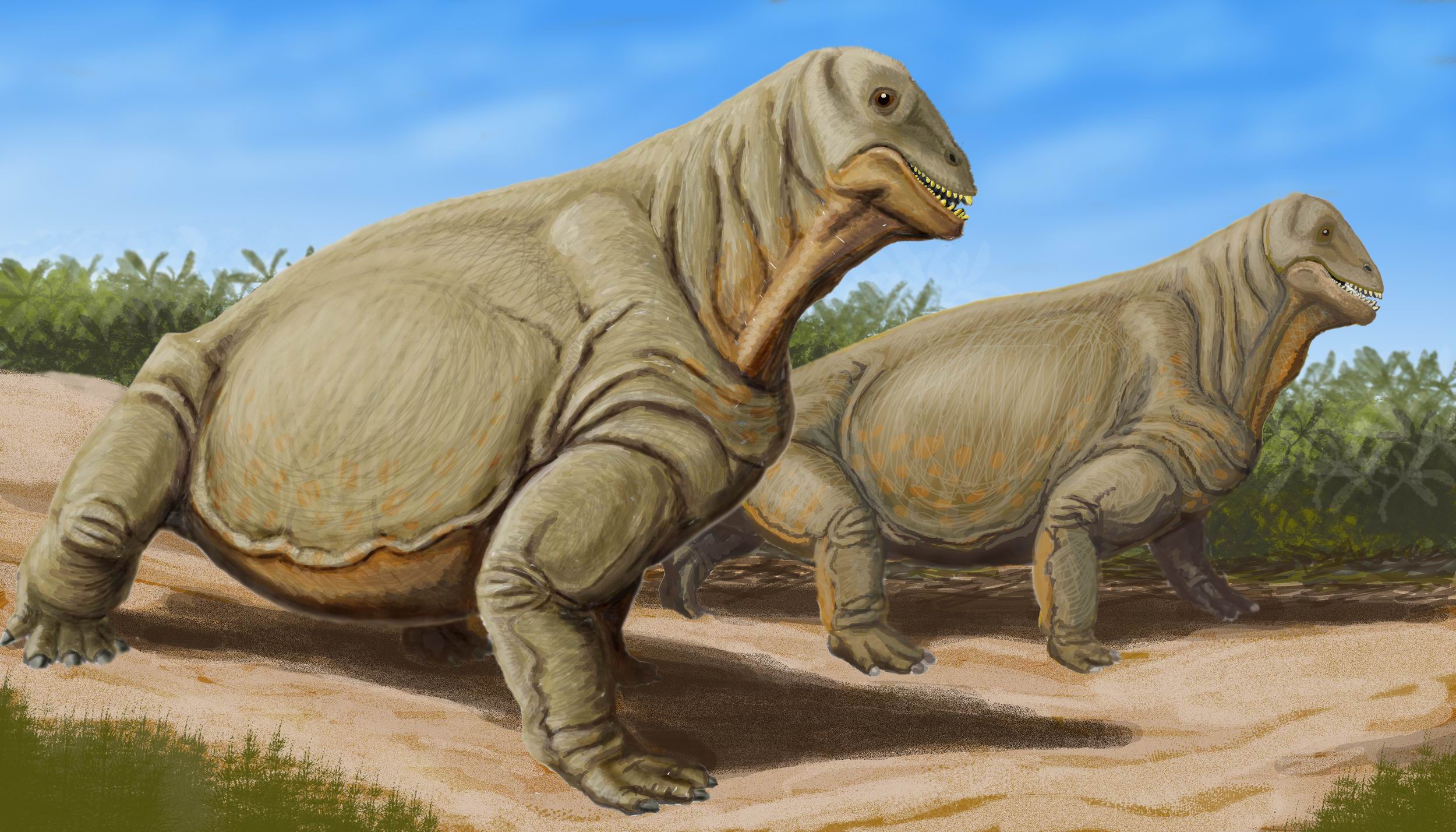
Long before dinosaurs roamed the Earth, other creatures ruled the ancient world. The Permian period saw the rise of synapsids—mammal-like reptiles that included fearsome predators like Gorgonopsids and massive herbivores like Moschops. These weren’t the cold-blooded reptiles we know today, but warm-blooded pioneers experimenting with mammalian traits millions of years before true mammals appeared.
The oceans teemed with incredible diversity, from massive reef-building corals to bizarre crinoids that swayed like underwater forests. Trilobites, those iconic segmented arthropods, had already survived two mass extinctions and seemed unstoppable. Yet none of these dominant groups could have predicted the catastrophe that would end their reign and create the perfect conditions for dinosaur evolution.
The Great Dying: The Permian-Triassic Extinction
The Permian-Triassic extinction, aptly nicknamed “The Great Dying,” represents the closest life on Earth has ever come to complete annihilation. This event eliminated an estimated 96% of marine species and 70% of terrestrial vertebrates, making it the most severe extinction in Earth’s history. The culprit appears to be massive volcanic eruptions in Siberia that lasted for thousands of years, pumping toxic gases and ash into the atmosphere.
The extinction created a devastated world where only the most adaptable survivors could thrive. Mammal-like reptiles, which had dominated terrestrial ecosystems for millions of years, were decimated. This catastrophic loss opened up countless ecological niches, creating opportunities for new groups to evolve and diversify.
From this biological wasteland emerged the archosaurs—the group that would eventually give rise to dinosaurs, crocodiles, and pterosaurs. These early archosaurs possessed key adaptations that helped them survive the harsh post-extinction environment, including more efficient respiratory systems and improved locomotion.
Rising from the Ashes: Early Dinosaur Evolution
The first dinosaurs appeared in the Triassic period, roughly 230 million years ago, as small, agile creatures that looked nothing like the giants we associate with the name today. These early dinosaurs, such as Eoraptor and Herrerasaurus, were modest in size but possessed revolutionary adaptations. Their upright posture, unlike the sprawling stance of other reptiles, gave them significant advantages in speed and energy efficiency.
What made these early dinosaurs special wasn’t their size or ferocity—it was their incredible diversity of feeding strategies and body plans. Some were swift predators, others were plant-eaters, and still others occupied ecological niches that had been vacant since the Great Dying. This adaptability would prove crucial as they faced their next major challenge.
Surviving the Triassic-Jurassic Extinction
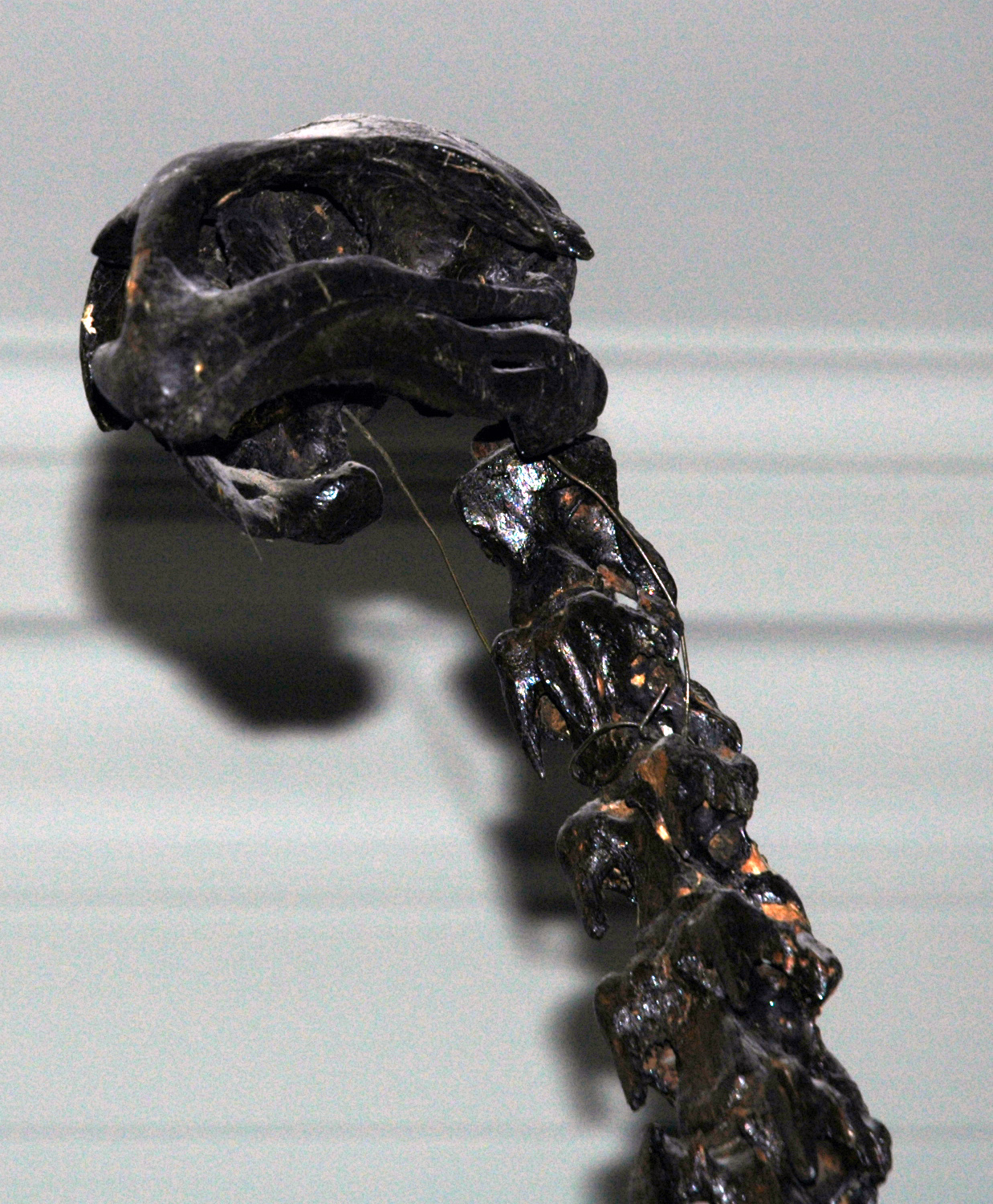
Just as dinosaurs were beginning to establish themselves, Earth was rocked by another mass extinction 201 million years ago. The Triassic-Jurassic extinction eliminated many of the large archosaurs that had been competing with dinosaurs for dominance. Massive volcanic eruptions associated with the breakup of the supercontinent Pangaea likely triggered this extinction through climate change and ocean acidification.
While this extinction was devastating for many groups, it proved to be dinosaurs’ golden ticket to dominance. The disappearance of their main competitors—large pseudosuchians and other archosaurs—left dinosaurs as the primary large vertebrates on land. This extinction event didn’t just spare dinosaurs; it actively promoted their rise to supremacy.
The post-extinction world of the Jurassic period became a dinosaur paradise. Without major competitors, dinosaurs rapidly diversified into the familiar forms we know today: massive sauropods, fierce theropods, and heavily armored herbivores.
The Jurassic Boom: Dinosaur Dominance Begins
The Jurassic period marked the beginning of dinosaur dominance that would last for over 135 million years. This era saw the evolution of some of the most iconic dinosaurs, including the colossal sauropods like Diplodocus and Brachiosaurus, which reached lengths of up to 100 feet and weights of 80 tons. These giants developed unique adaptations, including extremely long necks for reaching high vegetation and sophisticated digestive systems for processing tough plant material.
Theropod dinosaurs also flourished during this time, evolving into diverse forms ranging from small, feathered hunters to massive predators like Allosaurus. The evolution of flight in some theropod lineages led to the emergence of birds, though they remained a minor component of Jurassic ecosystems.
The success of Jurassic dinosaurs stemmed from their ability to occupy virtually every available ecological niche on land. They evolved as high browsers, ground-level grazers, pursuit predators, ambush hunters, and even semi-aquatic fish-eaters.
Masters of Adaptation: Dinosaur Diversity Explodes
By the Cretaceous period, dinosaurs had achieved unprecedented diversity, with over 1,000 known species occupying ecosystems from the Arctic to Antarctica. This explosion of diversity included some of the most bizarre and specialized forms in dinosaur history. Therizinosaurus evolved massive claws not for hunting, but for stripping vegetation, while Carnotaurus developed horns above its eyes and reduced its arms to mere stubs.
The evolution of flowering plants during the Cretaceous created new opportunities for herbivorous dinosaurs. Hadrosaurids developed sophisticated dental batteries with hundreds of teeth for processing tough plant material, while ceratopsians evolved elaborate frills and horns for defense and display.
This adaptive radiation demonstrates dinosaurs’ remarkable evolutionary flexibility. Unlike many groups that become locked into specific ecological roles, dinosaurs continuously evolved new forms and functions, making them one of the most successful vertebrate groups in Earth’s history.
The Cretaceous World: A Golden Age Cut Short
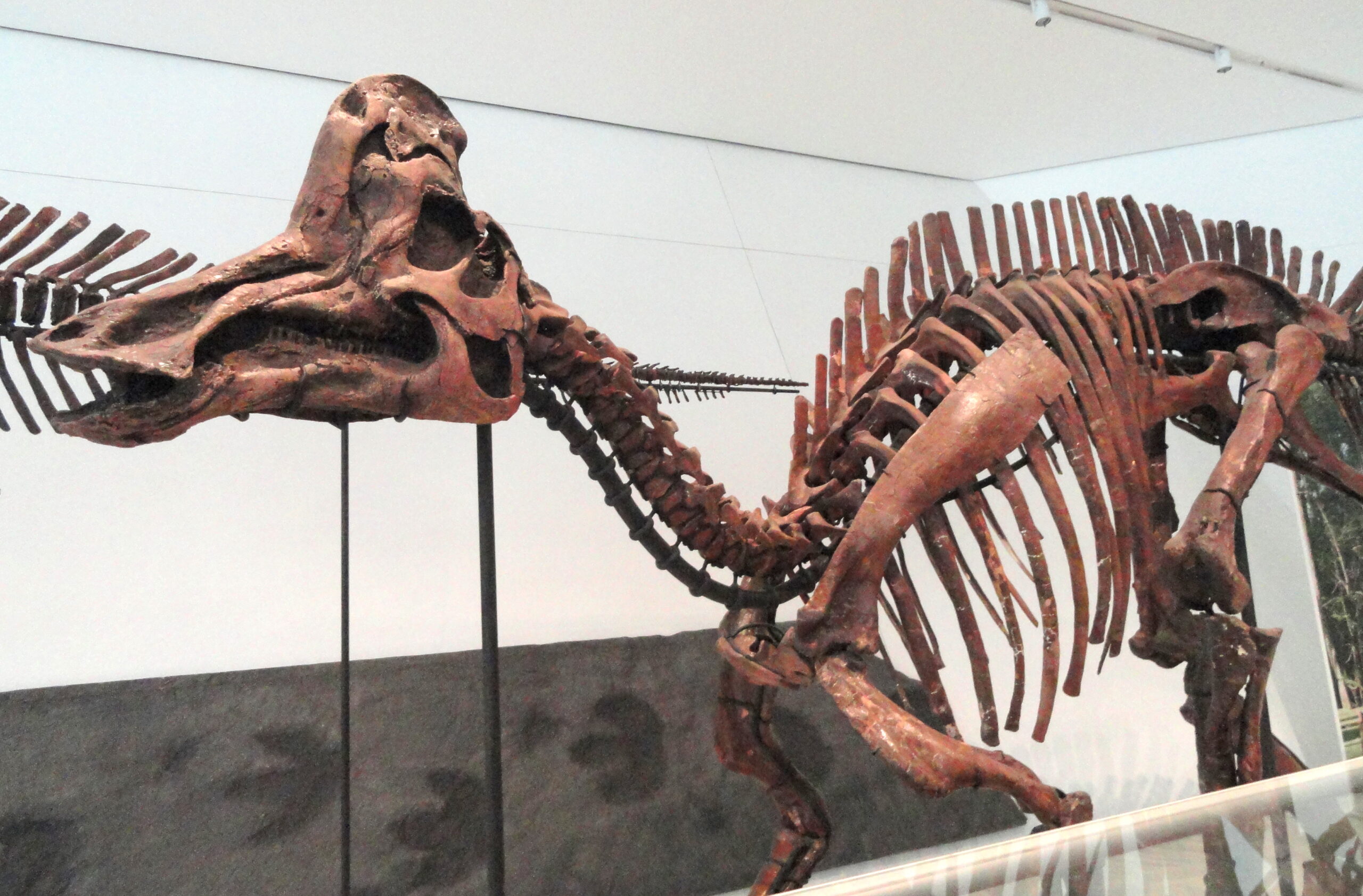
The Late Cretaceous period represents the pinnacle of dinosaur evolution, featuring some of the largest and most spectacular creatures ever to walk the Earth. Tyrannosaurus rex, with its bone-crushing bite force of 12,800 pounds per square inch, dominated North American ecosystems alongside massive herbivores like Triceratops and Edmontosaurus. In other parts of the world, equally impressive dinosaurs like Giganotosaurus and Argentinosaurus pushed the boundaries of terrestrial animal size.
The Late Cretaceous world was warmer and more humid than today, with no ice caps and sea levels 200 feet higher than present. This greenhouse climate supported lush forests and extensive shallow seas, creating ideal conditions for dinosaur diversity. Continental drift had begun to separate the landmasses, leading to the evolution of distinct dinosaur faunas on different continents.
Yet even at their peak, dinosaurs faced increasing environmental pressures. Volcanic activity was intensifying, climate was becoming more variable, and new diseases may have been spreading through populations. These factors would make dinosaurs vulnerable to the ultimate catastrophe that was approaching.
The Asteroid Impact: Death from Above
Sixty-six million years ago, a massive asteroid roughly 6 miles in diameter slammed into Earth near what is now Mexico’s Yucatan Peninsula. The impact released energy equivalent to billions of atomic bombs, creating a crater 90 miles wide and instantly vaporizing everything within hundreds of miles. The collision ejected massive amounts of debris into the atmosphere, triggering global wildfires and blocking sunlight for months or years.
The immediate aftermath was catastrophic beyond imagination. The impact created a magnitude 10-11 earthquake—stronger than any earthquake in recorded history—and triggered massive tsunamis that scoured coastlines worldwide. The darkness and cold that followed collapsed food chains from the bottom up, as photosynthesis ceased and plants died en masse.
Within a geological instant, the 165-million-year reign of non-avian dinosaurs was over. The largest land animals to survive the extinction weighed less than 50 pounds, fundamentally changing the rules of terrestrial ecosystems.
Survivors and Casualties: Who Made It Through
The Cretaceous-Paleogene extinction was remarkably selective, sparing some groups while completely eliminating others. Birds, the direct descendants of theropod dinosaurs, survived by virtue of their small size, diverse diets, and ability to fly to new habitats. Small mammals, having lived in the shadows of dinosaurs for over 100 million years, suddenly found themselves in a world without their giant competitors.
Crocodilians and turtles, with their ability to survive long periods without food, weathered the crisis successfully. Many marine reptiles, including mosasaurs and plesiosaurs, perished along with the dinosaurs, while some sharks and bony fish survived. The pattern suggests that generalist feeders and small-bodied animals had significant advantages during this crisis.
Among plants, ferns and seed-bearing plants recovered more quickly than flowering plants, leading to a temporary return to more ancient-looking plant communities. This “fern spike” in the fossil record provides clear evidence of the extinction’s devastating impact on terrestrial ecosystems.
The Mammalian Takeover: New Rulers Emerge
With dinosaurs gone, mammals rapidly evolved to fill the vacant ecological niches. Within 10 million years of the extinction, mammals had evolved forms ranging from tiny shrews to bear-sized browsers. The absence of large predatory dinosaurs allowed mammals to experiment with new lifestyles, including the evolution of the first large mammalian carnivores.
The speed of mammalian evolution after the extinction was remarkable. Groups like the mesonychids evolved wolf-like predators, while early ungulates developed into diverse herbivores. This rapid adaptive radiation demonstrates how quickly evolution can respond when ecological opportunities become available.
The rise of mammals also coincided with changes in plant communities and climate. The cooler post-extinction world favored the evolution of grass-dominated ecosystems, which in turn promoted the evolution of grazing mammals and their predators.
Hidden Survivors: How Birds Carried On the Dinosaur Legacy
While non-avian dinosaurs vanished, birds represent the most successful dinosaur lineage, with over 10,000 species alive today. Modern birds retain many dinosaurian characteristics, including hollow bones, wishbones, and even some species with clawed wings. The survival of birds proves that dinosaurs weren’t evolutionary failures—they were so successful that they continue to dominate aerial ecosystems worldwide.
Recent discoveries have revealed that many non-avian dinosaurs possessed feathers, showing that this key bird characteristic evolved long before flight. Some dinosaurs even brooded their eggs like modern birds, demonstrating sophisticated parental care that likely contributed to their evolutionary success.
The study of modern birds provides insights into dinosaur biology and behavior. The complex social behaviors, intelligence, and adaptability of birds suggest that their dinosaur ancestors may have possessed similar traits, helping explain their remarkable success over 165 million years.
Lessons from Deep Time: What Dinosaurs Teach Us
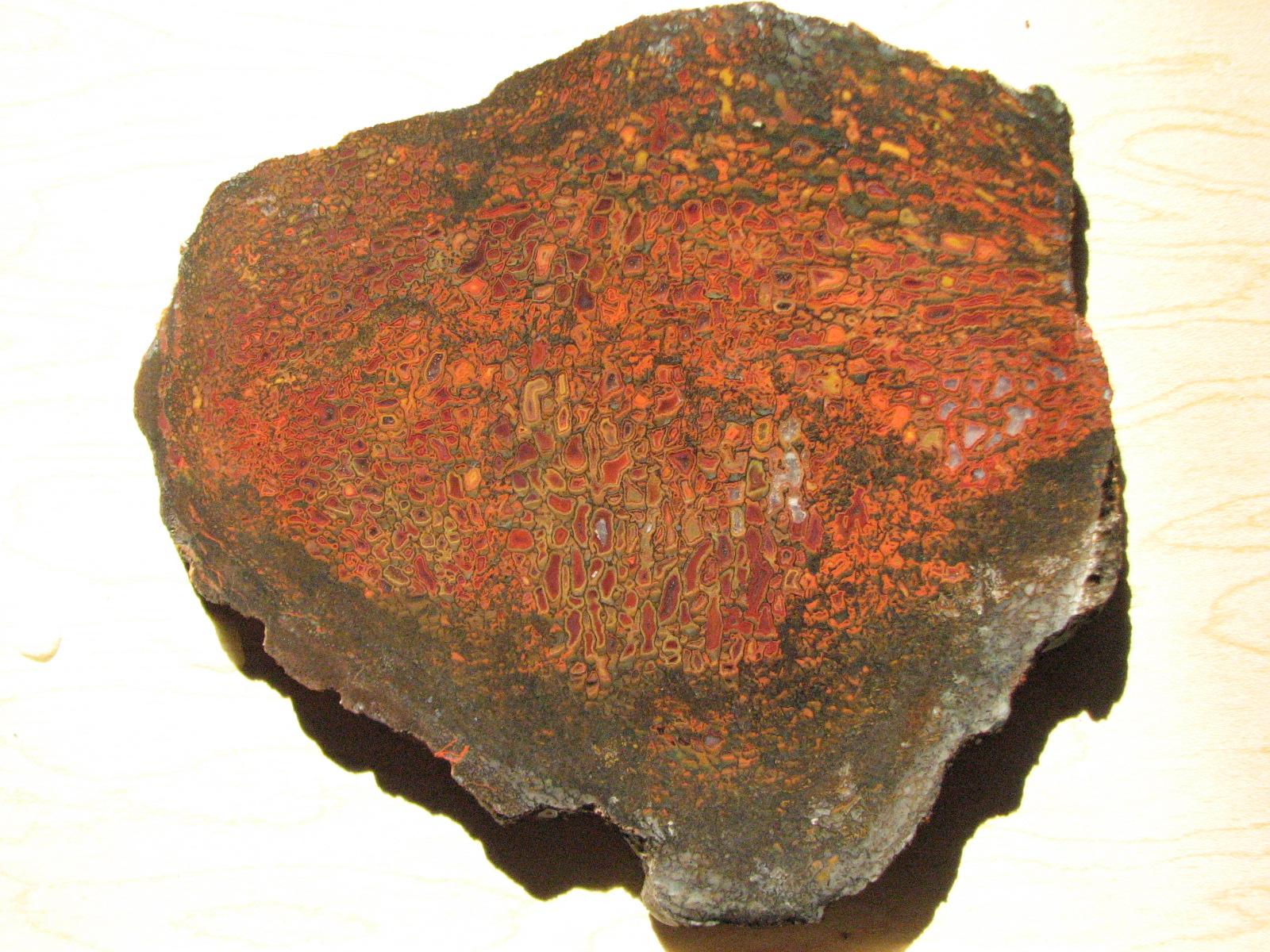
The story of dinosaurs and mass extinctions offers profound lessons about resilience, adaptation, and the unpredictability of life. Dinosaurs survived four of the five mass extinctions not through luck, but through evolutionary flexibility and the ability to occupy diverse ecological niches. Their success demonstrates that dominance in one era doesn’t guarantee survival in the next.
The rapid evolution of mammals after the Cretaceous extinction shows how quickly life can recover and diversify when given the opportunity. This pattern repeats throughout Earth’s history, suggesting that mass extinctions, while devastating, also drive evolutionary innovation and create opportunities for new forms of life.
Perhaps most importantly, the dinosaur story reminds us that even the most successful species can face extinction when environmental conditions change rapidly. In our current era of climate change and biodiversity loss, understanding how past extinctions unfolded becomes crucial for predicting and preventing future losses.
The Sixth Extinction: Are We Living Through Another Mass Extinction?
Many scientists argue that we’re currently experiencing the sixth mass extinction, driven by human activities rather than asteroids or volcanoes. Current extinction rates are estimated to be 100 to 1,000 times higher than natural background rates, with species disappearing at an alarming pace. Unlike previous extinctions, this one is happening in decades rather than millennia.
The parallels between current biodiversity loss and past mass extinctions are striking. Habitat destruction, climate change, and pollution are creating conditions similar to those that triggered previous extinctions. However, unlike dinosaurs, we have the knowledge and technology to potentially prevent or mitigate this crisis.
The question remains whether humans will prove as adaptable as dinosaurs were, or whether we’ll become another cautionary tale in Earth’s long history. The choices we make in the coming decades will determine which species survive to inherit the future—and whether that future includes us.
The epic saga of dinosaurs and mass extinctions reveals the incredible resilience of life while highlighting its ultimate fragility. These ancient giants ruled Earth for over 165 million years, surviving multiple apocalyptic events through adaptability and evolutionary innovation. Their story teaches us that dominance is temporary, survival requires flexibility, and extinction can strike even the most successful species. As we face our own environmental challenges, the dinosaur legacy serves as both inspiration and warning—showing us that life finds a way to continue, but not always in the forms we expect or hope for. What will future paleontologists make of our current chapter in Earth’s story?

